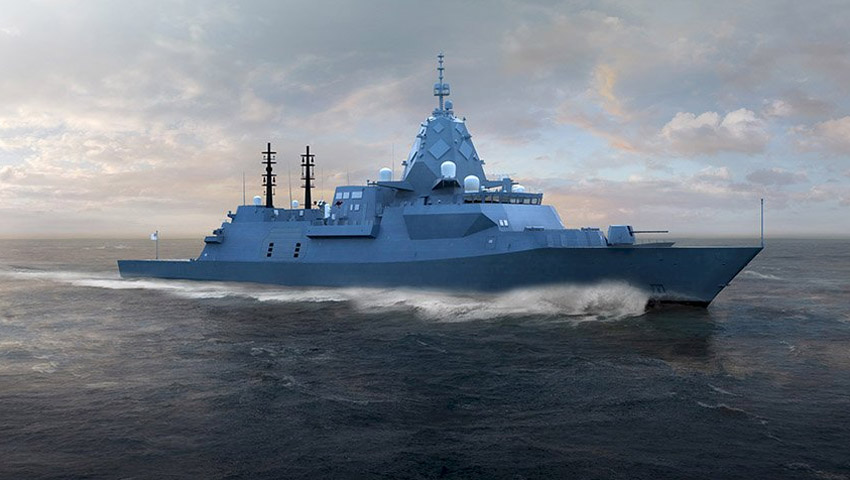The Victoria-based company is set to work alongside BAE Systems Maritime Australia to explore the development of new shipbuilding technology, used for the construction of the Hunter Class frigates.
DMTC Limited has announced it would work with BAE Systems Maritime Australia, ANSTO and the University of Wollongong to develop advanced welding technologies used for major naval shipbuilding projects.
Over the next two years, the organisations aim to identify production efficiencies in the construction of complex warships, incorporating artificial intelligence to reduce weld rejection rates, increase throughput and bolster workforce skills.
These capabilities are tipped to support BAE Systems Maritime Australia's work to design and build nine next-generation anti-submarine warfare frigates for the Royal Australian Navy as part of the SEA 5000 project.
This has been supported by investment in technology development at the Osborne Naval Shipyard, targeted at driving digital transformation through advanced robotics, additive manufacturing and Industry 4.0 utilisation.
Osborne production facilities already incorporate robotic welding, however, the collaboration between DMTC, BAE Systems Maritime Australia, ANSTO and the University of Wollongong aims to identify opportunities to further automate and optimise weld sequencing.
The research is expected to focus on an optimal model, improving structural analysis to reduce “distortion” in the welding of units and the 22 blocks making up each Hunter frigate.
ANSTO and the University of Wollongong are set to house the initial research, before trials commence at Osborne.
The project forms part of DMTC’s broader effort to support Australian industry capability via its Naval Shipbuilding and Sustainment Program — an industrial innovation partnership with Defence’s Capability Acquisition and Sustainment Group.
“One of the hallmarks of DMTC’s approach, and it’s really the essence of innovation, is to constantly look to facilitate the rapid adoption and application of technology, including in new areas of endeavour,” Mark Hodge, CEO of DMTC, said.
“This project is a good example, with its blend of fine-tuning existing technologies and developing novel optimisation methods that are unique to the shipyard.”
Jim Cuthill, operations director and shipyard general manager, BAE Systems Maritime Australia, said the project would be “transformative” for block production across the shipyard.
“We’re excited by the opportunities this will enable as we move towards full production for the Hunter frigate program and establish a continuous naval shipbuilding capability in Australia.,” Cuthill added.
Dr Suzanne Hollins, head of research, ANSTO welcomed the opportunity to leverage the organisation’s scientific expertise and facilities to “support the establishment of this sovereign capability”.
Dr Paul Di Pietro, dean of research knowledge exchange and translation, University of Wollongong, added, “Researchers from the Facility for Intelligent Fabrication at UOW have a long history of collaborating with defence industry to translate welding and automation research for Naval applications.
“We are excited at the continued opportunities this project presents in utilising our capability for this new chapter of Australia’s Naval Shipbuilding Enterprise.”


